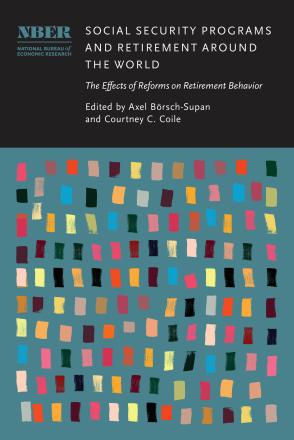Changing Retirement Incentives and Retirement in the US

Employment rates of older Americans have been rising since the 1990s. While the US is fairly unique among advanced economies in not experiencing any large-scale pension reforms in recent decades, there have been multiple changes to Social Security policy that have strengthened the incentive to work at older ages. This study builds on prior work documenting the changes in retirement incentives over time to explore the effect of these changes on retirement behavior, using over two decades of data from the Health and Retirement Study (HRS). Regression results indicate that workers who face a higher implicit tax rate on additional work have an increased probability of retirement. Counterfactual simulations suggest that the changes in Social Security incentives since the early 1990s that result from increases in the Full Retirement Age and Delayed Retirement Credit can explain around one-fifth of the increase in work at ages 65 to 69, but essentially none of the increase at younger ages.
-
-
Copy CitationCourtney C. Coile, Social Security Programs and Retirement around the World: The Effects of Reforms on Retirement Behavior (University of Chicago Press, 2023), chap. 12, https://www.nber.org/books-and-chapters/social-security-programs-and-retirement-around-world-effects-reforms-retirement-behavior/changing-retirement-incentives-and-retirement-us.Download Citation


